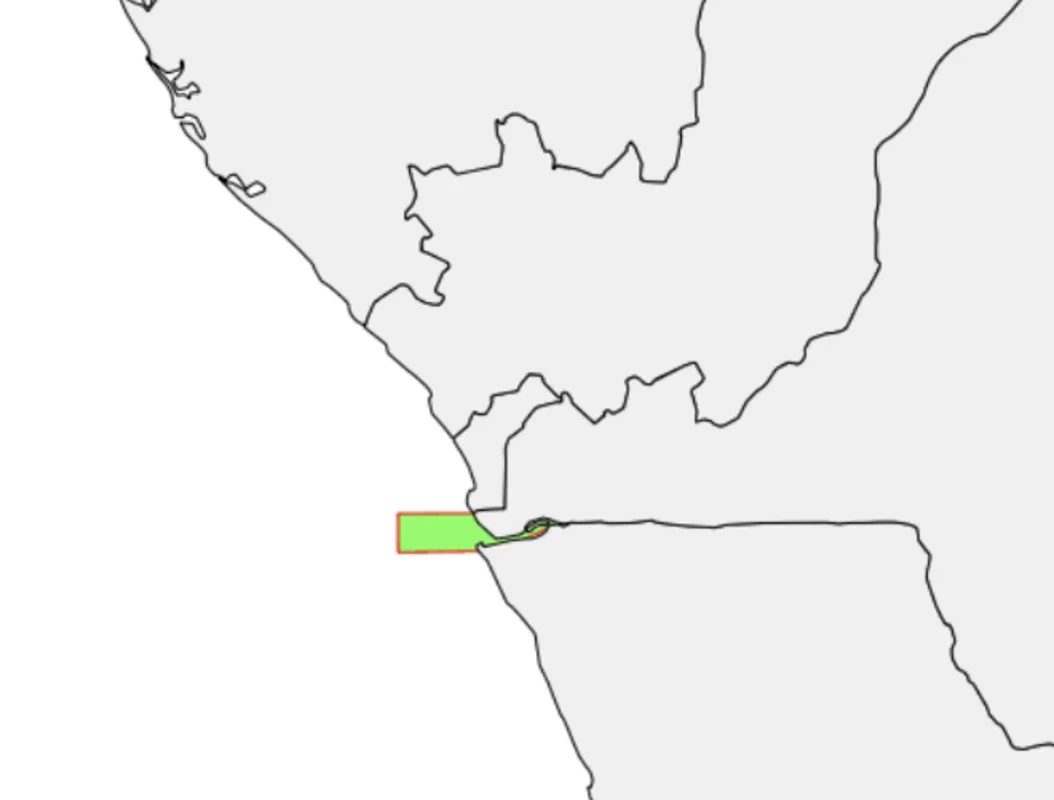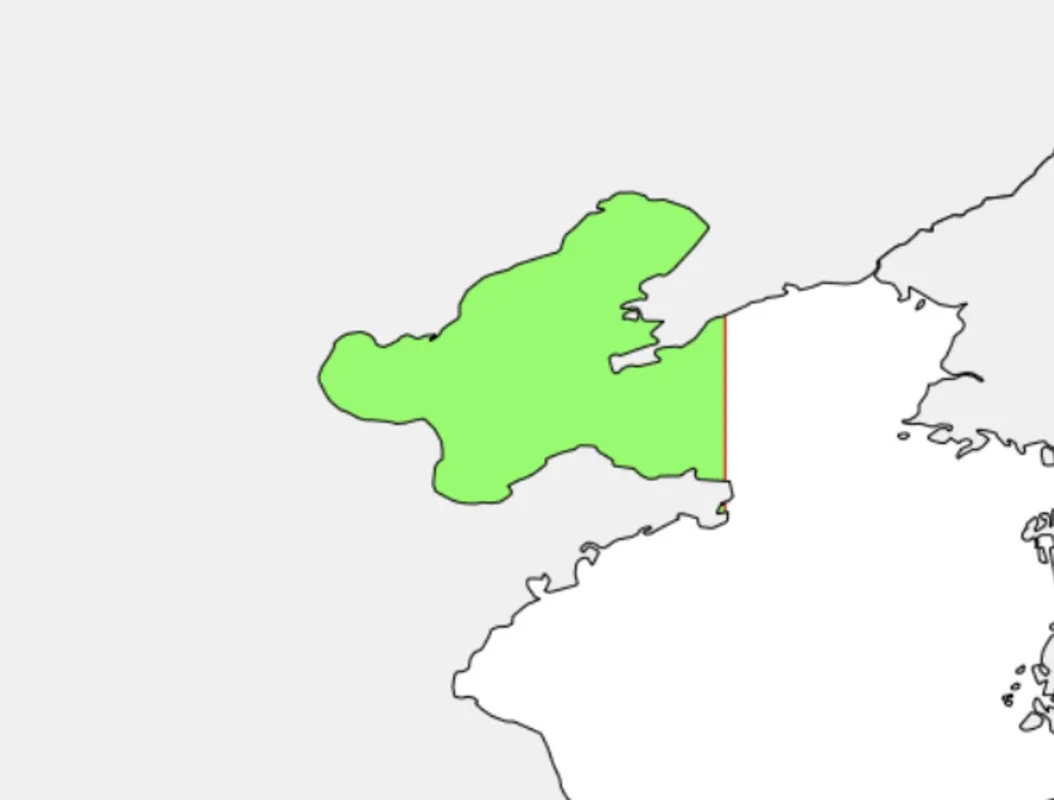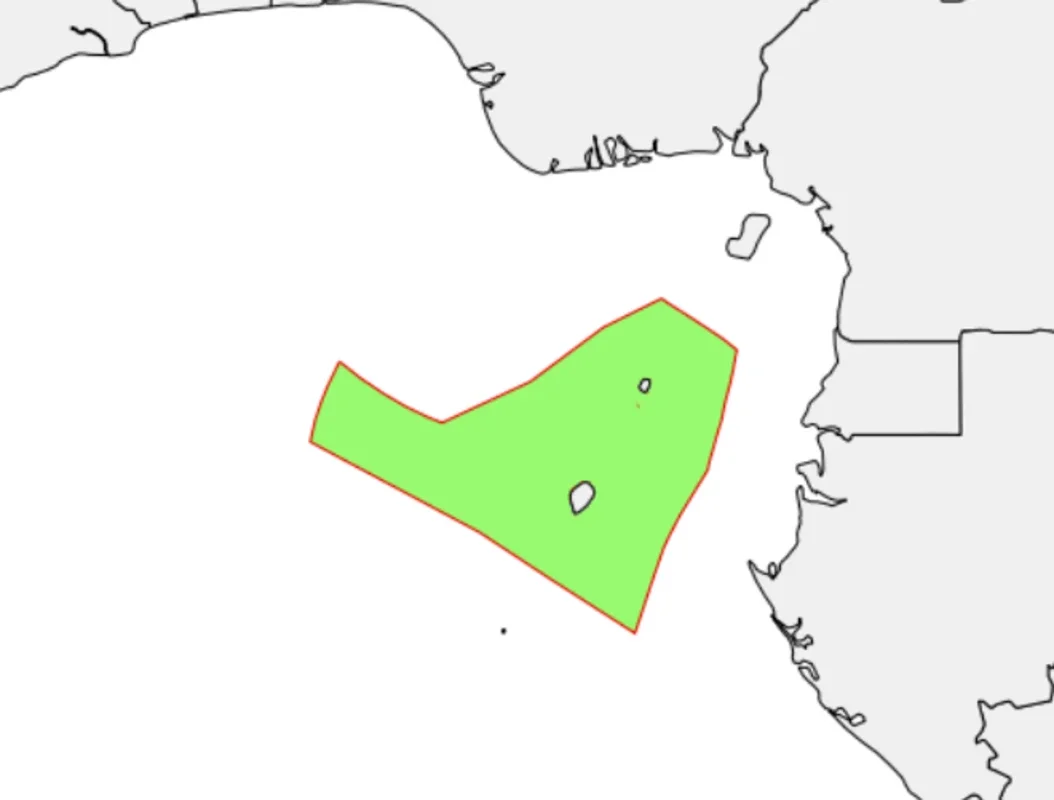Ecopath with Ecosim App Introduction
Ecopath with Ecosim is a powerful and versatile software package designed for the comprehensive analysis and simulation of ecosystems. Unlike simpler ecological modeling tools, Ecopath with Ecosim offers a multifaceted approach, incorporating static and dynamic modeling capabilities to provide a deep understanding of complex ecological interactions. This detailed analysis extends beyond simple species interactions, allowing researchers and environmental managers to explore the impacts of various environmental changes and management strategies.
Understanding the Three Core Modules
The software's strength lies in its three integrated modules: Ecopath, Ecosim, and Ecospace. Each module plays a crucial role in building a complete and nuanced understanding of the ecosystem under study. Let's delve into the functionality of each:
1. Ecopath: Building the Foundation
Ecopath forms the bedrock of the Ecopath with Ecosim system. This module focuses on creating a static, balanced representation of the ecosystem. Users input data on species biomass, diet composition, and other key ecological parameters. The software then uses this information to construct a mass-balanced model, representing the flow of energy and nutrients within the ecosystem. This initial step is critical, providing a baseline snapshot of the ecosystem's structure and functioning before dynamic simulations are undertaken. This static model serves as a robust foundation for subsequent analyses.
The process of building an Ecopath model involves several key steps:
- Data Collection: Gathering comprehensive data on species biomass, diet composition, and other relevant parameters is crucial. Data sources can include field surveys, literature reviews, and existing databases.
- Model Construction: The collected data is then used to construct the Ecopath model using the software's intuitive interface. This involves defining species, their trophic interactions, and their respective energy flows.
- Model Validation: The constructed model is then validated to ensure its accuracy and consistency. This involves checking for mass balance and comparing model outputs to observed data.
- Sensitivity Analysis: Ecopath allows for sensitivity analysis to identify which parameters have the greatest impact on the model's overall results. This helps to refine the model and identify areas where further data collection may be needed.
2. Ecosim: Dynamic Simulations and Predictive Modeling
Once a static Ecopath model is established, the Ecosim module takes center stage. Ecosim allows users to perform dynamic simulations, projecting the ecosystem's response to various disturbances or management interventions over time. This dynamic modeling capability is invaluable for assessing the potential impacts of:
- Fishing pressure: Simulating different fishing strategies to determine their long-term effects on fish stocks and the overall ecosystem.
- Climate change: Modeling the effects of changing temperatures, ocean acidification, and other climate-related factors on ecosystem structure and function.
- Pollution: Assessing the impacts of various pollutants on ecosystem health and biodiversity.
- Habitat alteration: Evaluating the effects of habitat loss or degradation on species populations and ecosystem processes.
Ecosim's predictive capabilities allow researchers and managers to explore a wide range of "what-if" scenarios, providing valuable insights into the potential consequences of different actions. This proactive approach to ecosystem management is a significant advantage offered by Ecopath with Ecosim.
3. Ecospace: Incorporating Spatial Dynamics
While Ecopath and Ecosim focus on the trophic interactions and dynamics within an ecosystem, Ecospace adds a crucial spatial dimension. This module allows users to incorporate spatial heterogeneity into their models, accounting for variations in species distribution, habitat quality, and other spatial factors. This is particularly important for understanding:
- Marine protected areas (MPAs): Evaluating the effectiveness of MPAs in protecting biodiversity and enhancing fish stocks.
- Habitat connectivity: Assessing the importance of habitat connectivity for species movement and dispersal.
- Spatial patterns of pollution: Modeling the spatial distribution of pollutants and their effects on different ecosystem components.
By integrating spatial data into the model, Ecospace provides a more realistic and nuanced representation of the ecosystem, leading to more accurate predictions and informed management decisions.
Ecopath with Ecosim: Applications and Benefits
Ecopath with Ecosim's versatility makes it applicable across a wide range of ecological studies and management contexts. Its applications include:
-
Fisheries management: Assessing the impacts of fishing on fish stocks and developing sustainable fishing strategies.
-
Marine conservation: Evaluating the effectiveness of marine protected areas and other conservation measures.
-
Environmental impact assessment: Assessing the potential impacts of various human activities on ecosystems.
-
Climate change adaptation: Developing strategies to adapt to the impacts of climate change on ecosystems.
-
Ecosystem restoration: Developing plans for restoring degraded ecosystems.
The benefits of using Ecopath with Ecosim include:
- Comprehensive analysis: Provides a holistic view of ecosystem structure and function.
- Predictive modeling: Allows for the prediction of ecosystem responses to various disturbances or management interventions.
- Spatial modeling: Incorporates spatial heterogeneity into models for a more realistic representation of ecosystems.
- User-friendly interface: Provides an intuitive interface that is easy to learn and use.
- Wide range of applications: Can be applied to a wide range of ecological studies and management contexts.
Ecopath with Ecosim vs. Other Ecosystem Modeling Software
While several other ecosystem modeling software packages exist, Ecopath with Ecosim distinguishes itself through its integrated approach, combining static and dynamic modeling capabilities with spatial analysis. Other software may focus on specific aspects of ecosystem modeling, such as network analysis or individual-based modeling, but Ecopath with Ecosim offers a more comprehensive and integrated framework. This integrated approach allows for a more holistic understanding of ecosystem dynamics and provides a more robust basis for informed management decisions.
For instance, some software might excel in simulating individual organism behaviors, but lack the capacity for large-scale ecosystem-level analysis that Ecopath with Ecosim provides. Others may focus solely on static network analysis, neglecting the crucial temporal dynamics captured by Ecosim. The unique combination of Ecopath, Ecosim, and Ecospace sets Ecopath with Ecosim apart, offering a powerful and versatile tool for researchers and managers alike.
Conclusion
Ecopath with Ecosim represents a significant advancement in ecosystem modeling. Its integrated approach, combining static and dynamic modeling with spatial analysis, provides a powerful tool for understanding and managing complex ecosystems. The software's versatility, user-friendly interface, and wide range of applications make it an invaluable resource for scientists, environmental managers, and anyone interested in ecological sustainability and natural resource management. By providing a comprehensive framework for analyzing and predicting ecosystem responses to various disturbances and management interventions, Ecopath with Ecosim contributes significantly to our ability to protect and conserve the world's valuable ecosystems.


